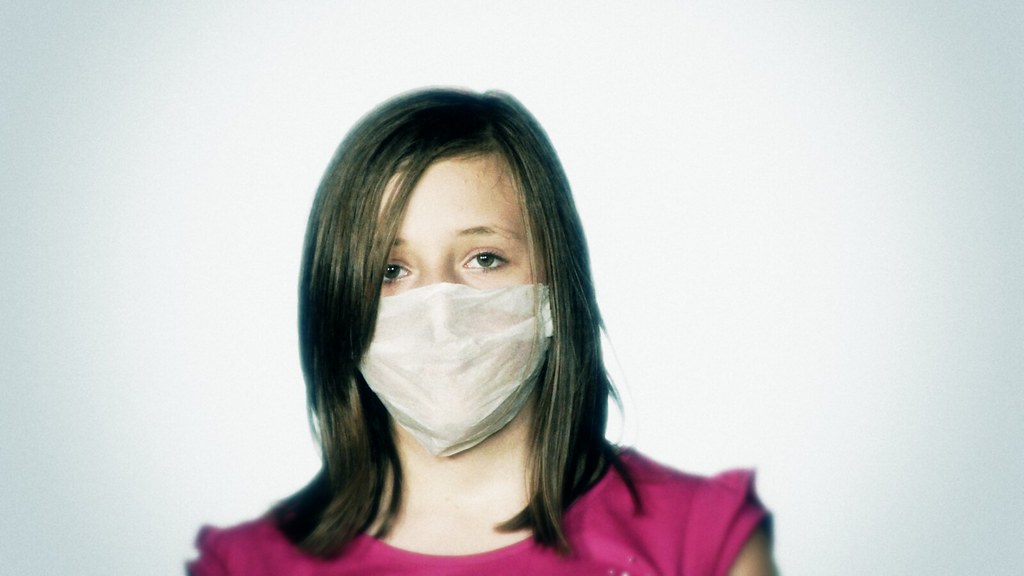聯合國兒童基金會(UNICEF)發表報告指出,全世界有3億兒童每天呼吸著比國際標準還毒六到七倍的戶外空氣,等於每七個兒童就有一個,許多兒童甚至因此死亡。
這份「為孩子淨化空氣」報告首次用衛星影像顯示有多少兒童生活在超標的戶外空氣污染之中。此外,兒童也因為肺部、腦部和免疫系統還在發育,呼吸道更容易被污染物滲透,比成人更容易受到室內外空氣污染的危害。聯合國兒童基金會選在摩洛哥聯合國年度氣候變遷大會的前一週發表這份報告,希望藉此呼籲全球領袖一同採取行動,改善空氣污染。

世界衛生組織表示,空氣污染每年導致700萬人死亡,佔全世界總死亡人口的12%。空氣污染不但致命,也會加速地球暖化。「空氣污染是每年60萬名五歲以下兒童死亡的主因,每天威脅著數百萬人的生活和未來。污染物不只傷害兒童發育中的肺,甚至跨過血腦屏障,對發育中的腦部造成永久性傷害,連帶影響他們往後的人生。」聯合國兒童基金會執行主任雷克(Anthony Lake)說。
從衛星影像可看出,約有20億兒童生活在戶外空氣污染超過WHO空氣品質最低標準的環境中,污染源包括車輛排放、化石燃料燃燒、垃圾焚燒等。其中生活在南亞的兒童數量最多,約6億2000萬人,緊接著是非洲,5億2000萬人。東亞和太平洋地區則有4億5000萬人。
研究也檢視室內空氣污染的影響,包括燃燒煤炭與木材煮食取暖。受室內空氣污染影響最深的是低收入、偏遠地區的兒童。室內外空氣污染直接和肺炎等呼吸道疾病有關,每十位五歲以下兒童,就有一位因呼吸道疾病而死亡,是兒童死亡最主要的危險因子之一。
聯合國兒童基金會指出,兒童比成人更容易受到室內外空氣污染的危害,因為兒童的肺部、腦部和免疫系統都還在發育,呼吸道更容易被污染物滲透。年幼兒童的呼吸頻率比成人快,每單位體重吸入的空氣也比成人多;健康狀況普遍不佳、缺乏醫療資源的弱勢族群也最容易受空污相關疾病影響。
聯合國兒童基金會呼籲全球領袖採取四個行動改善空氣污染:
- 減少燃燒化石燃料,投資改善能源效率和乾淨能源
- 增加兒童醫療資源、改善兒童對空氣污染的適應能力和從空污疾病復原的能力
- 盡可能減少兒童接觸空氣污染的機會。工廠等污染源不應位在學校和遊戲區域附近。改善廢 棄物管理可以減少社區內焚燒垃圾量。乾淨的爐灶可改善家庭中的空氣品質。
- 監控空氣污染,幫助兒童、青少年、家庭和社群減少接觸空污的機會,提倡各種淨化空氣的行動。
One in every seven children, 300 million, endure the world’s most toxic levels of outdoor air pollution – six or more times higher than international guidelines – and many die as a result, finds a new report from UNICEF, the United Nations Children’s Fund.
Dirty air sickens and kills people of all ages. The World Health Organization, WHO, says air pollution kills about seven million people a year, nearly 12 percent of all deaths worldwide. The culprits are the same pollutants that are warming the climate, and WHO has launched a new campaign to clear the air.
The UNICEF report, “Clear the Air for Children” uses satellite imagery to show for the first time how many children are exposed to outdoor pollution that exceeds global guidelines set by the World Health Organization and where they live.
“Air pollution is a major contributing factor in the deaths of around 600,000 children under five every year – and it threatens the lives and futures of millions more every day,” said UNICEF Executive Director Anthony Lake.
“Pollutants don’t only harm children’s developing lungs – they can actually cross the blood-brain barrier and permanently damage their developing brains – and, thus, their futures,” warned Lake.
The satellite imagery confirms that roughly two billion children live in areas where outdoor air pollution, from vehicle emissions, heavy use of fossil fuels, dust and burning of waste, exceeds WHO’s minimum air quality guidelines.
South Asia has the largest number of children living in these areas, 620 million, with Africa next at 520 million children.
The East Asia and Pacific region has 450 million children living in areas that exceed WHO’s guideline limits.
The study also examines the heavy toll of indoor pollution, caused by burning fuels like coal and wood for cooking and heating, which mostly affects children in low-income, rural areas.
Together, outdoor and indoor air pollution are directly linked to pneumonia and other respiratory diseases that account for almost one in 10 deaths of children under five, making air pollution one of the leading dangers to children’s health.
Children are more susceptible than adults to both indoor and outdoor air pollution as their lungs, brains and immune systems are still developing and their respiratory tracks are more permeable, says UNICEF. Young children also breathe faster than adults, and take in more air relative to their body weight.
The most disadvantaged, who already tend to have poorer health and inadequate access to health services, are the most vulnerable to the illnesses caused by polluted air.
The findings come a week ahead of the UN’s annual climate conference, held this year in Marrakesh, Morocco, where UNICEF is urging world leaders to cut air pollution in their countries by taking four steps:
* – Reduce pollution by cutting back on fossil fuel combustion and investing in energy efficiency and renewable energy.
* – Increase children’s access to healthcare to improve their resilience to air pollution and their ability to recover from diseases and conditions linked to it.
* – Minimize children’s exposure to polluted air. Sources of pollution such as factories should not be located within the vicinity of schools and playgrounds. Better waste management can reduce the amount of waste that is burned within communities. Cleaner cookstoves can help improve air quality within homes.
* – Monitor air pollution better to help children, youth, families and communities reduce their exposure to air pollution, become more informed about its causes, and advocate for changes that make the air safer to breathe.
※ 全文及圖片詳見:ENS




